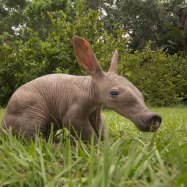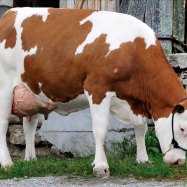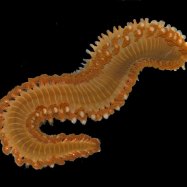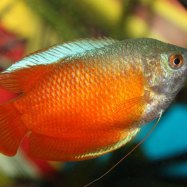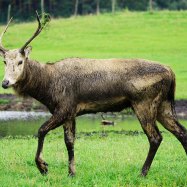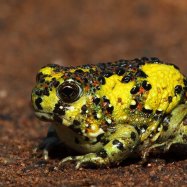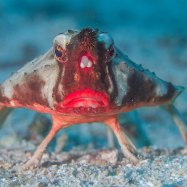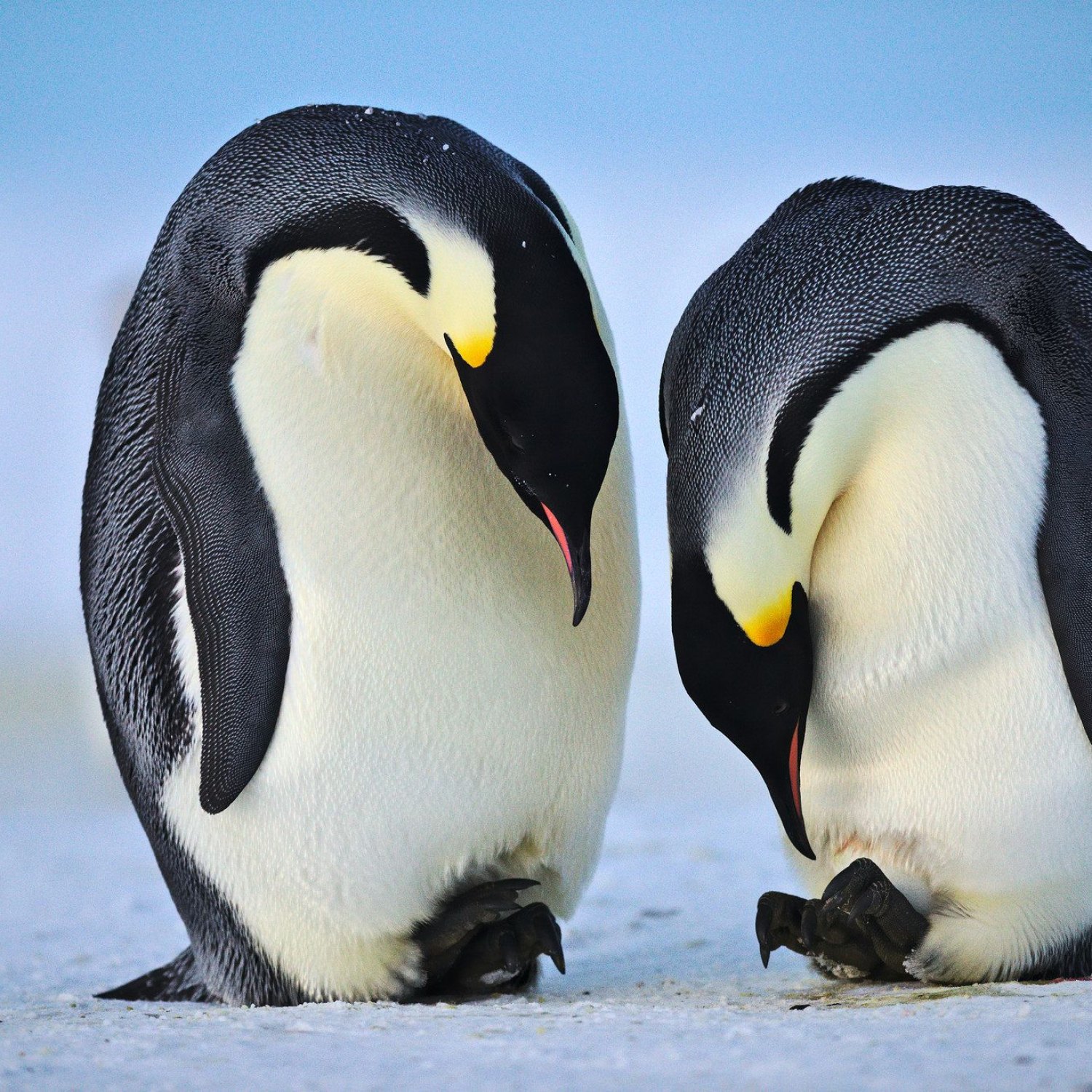
Emperor Penguin
1.2 to 1.4 meters
Looking to spot some adorable animals on your next vacation? Keep an eye out for the Emperor Penguin, a majestic creature found in the Southern Hemisphere. With a length of 1.2 to 1.4 meters, this large and stout penguin belongs to the Spheniscidae family and is sure to make a memorable addition to your wildlife sightings. Plan your trip now and get ready to meet the charming Emperor Penguin! #EmperorPenguin #SouthernHemisphere #Spheniscidae
Animal Details Summary:
Common Name: Emperor Penguin
Kingdom: Animalia
Habitat: Antarctic
The Mighty Emperor Penguin: A True Antarctic Survivor
The Antarctic may seem like an uninhabitable place with its freezing temperatures and harsh winds. But for one animal, this icy continent is their only home. Meet the Emperor Penguin, also known as Aptenodytes forsteri, the largest species of penguin and the only one found in the Antarctic.These flightless birds have captured the hearts of many through their iconic tuxedo-like coloring and their incredible ability to survive in one of the most extreme environments on Earth Emperor Penguin. Let’s dive into the fascinating world of the Emperor Penguin and discover what makes them such remarkable creatures.
The Perfectly Adaptable Animal
Penguins and Antarctica go hand in hand. These charismatic birds are often associated with the frozen continent, and for good reason. The Emperor Penguin is a true Antarctic specialist, with adaptations that allow them to thrive in this unforgiving environment.One of their most notable adaptations is their dense layer of feathers. These feathers not only insulate the penguins from the cold, but they also waterproof their bodies, allowing them to swim and hunt in the frigid waters. It’s like having a built-in wetsuit!
Another incredible adaptation is their unique huddling behavior. In order to conserve body heat, Emperor Penguins form large groups where they stand shoulder to shoulder, with their backs to the wind. This allows them to withstand temperatures as low as -40°C, and is a vital survival mechanism during the harsh winter months Eland.
Under the Feathers: Anatomy and Physiology
The Emperor Penguin may look like your average penguin with its black and white coloration and stout body shape, but there’s more to this animal than meets the eye.One notable feature of these birds is their size. They are the largest species of penguin, growing up to 1.2 to 1.4 meters tall and weighing up to 30 kg. This is almost the size of a human being!
They also have a distinct color pattern, with a black head and back, white belly and a yellow patch on their chest. This coloring serves as camouflage while swimming in the dark, icy waters of Antarctica. It also helps them blend in with their surroundings, protecting them from predators such as leopard seals and killer whales.
Interestingly, Emperor Penguins are also known for their ability to dive deep into the ocean. They can reach depths of up to 500 meters, and stay underwater for an impressive 22 minutes. This is due to their efficient muscles, which allow them to use oxygen more effectively, and their streamlined body shape, which minimizes drag while swimming.
Surviving on a Carnivorous Diet
Like most penguins, the Emperor Penguin is a carnivore, meaning they only eat meat. But their diet is not limited to just fish, but also includes crustaceans, squid, and krill. These birds are skilled hunters, using their strong beaks and sharp claws to catch their prey in the icy waters.Their diet is crucial to their survival, especially during the breeding season when they fast for up to 115 days while incubating their eggs. This is a difficult time for the penguins, but it’s also a crucial part of their breeding process, as it ensures that when their chicks hatch, there will be plenty of food available.
A Family-Oriented Species
Family is everything to Emperor Penguins. These birds form monogamous pairs, meaning they mate for life. Each year, around mid-April, they gather in large colonies to begin their breeding season.The female penguin lays one egg, and then passes it on to the male, who will incubate it for approximately 64 days while the female goes out to hunt for food. During this time, the male fasts and has to endure the harsh Antarctic winter alone.
But once the chick is hatched, the male penguin takes over the parenting duties while the female returns to the colony to feed and replenish. The chicks stay with their parents for around 10 months, learning essential survival skills before they are ready to fend for themselves.
This strong sense of family and the cooperative nature of Emperor Penguins is truly remarkable and sets them apart from other animals in the Antarctic.
Conservation Efforts
Despite their incredible adaptations and survival skills, Emperor Penguins are facing challenges due to the effects of climate change and human activities. The rapid loss of sea ice in the Antarctic is threatening their food source and the sea ice that they use as a breeding ground. And with melting ice and rising sea levels, many colonies have been forced to move to new, and sometimes unsuitable, locations.Many organizations, such as the World Wildlife Fund, are working to protect these magnificent creatures by addressing climate change and taking measures to ensure their habitats are preserved.
In Conclusion
The Emperor Penguin is an incredible animal, perfectly adapted to survive in the harsh and unpredictable environment of Antarctica. Their resilience, strong family bonds, and unique adaptations have captured the hearts of people all over the world. But as their habitat continues to be threatened, it’s important that we do our part in preserving these beautiful creatures for generations to come.So the next time you see an Emperor Penguin waddling around in its tuxedo-like feathers, remember the amazing story of how they have triumphed in the face of adversity, making them the true kings of the Antarctic.

Emperor Penguin
Animal Details Emperor Penguin - Scientific Name: Aptenodytes forsteri
- Category: Animals E
- Scientific Name: Aptenodytes forsteri
- Common Name: Emperor Penguin
- Kingdom: Animalia
- Phylum: Chordata
- Class: Aves
- Order: Sphenisciformes
- Family: Spheniscidae
- Habitat: Antarctic
- Feeding Method: Carnivorous
- Geographical Distribution: Antarctica
- Country of Origin: Antarctica
- Location: Southern Hemisphere
- Animal Coloration: Black and white
- Body Shape: Large and stout
- Length: 1.2 to 1.4 meters
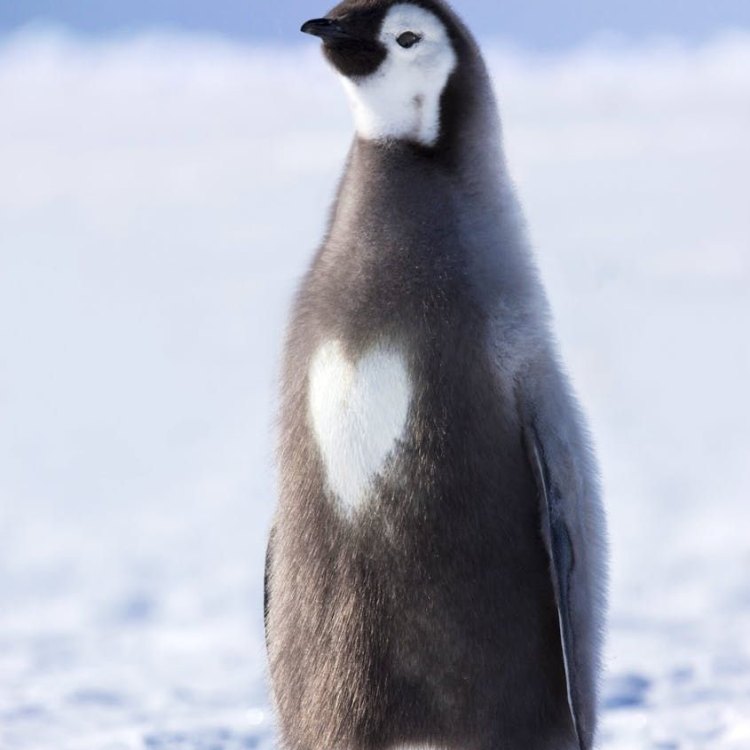
Emperor Penguin
- Adult Size: Large
- Average Lifespan: 20 years
- Reproduction: Sexual
- Reproductive Behavior: Monogamous
- Sound or Call: Loud trumpeting calls
- Migration Pattern: Yearly migration
- Social Groups: Colonial
- Behavior: Very social and gregarious
- Threats: Climate change, loss of sea ice, pollution
- Conservation Status: Near Threatened
- Impact on Ecosystem: Key species in the Antarctic food web
- Human Use: Tourism, research
- Distinctive Features: Large size, black and white coloration, long beak
- Interesting Facts: Emperor penguins are the largest penguins and are known for their long journeys and huddling behavior to keep warm in extreme cold.
- Predator: Orcas, leopard seals, sharks
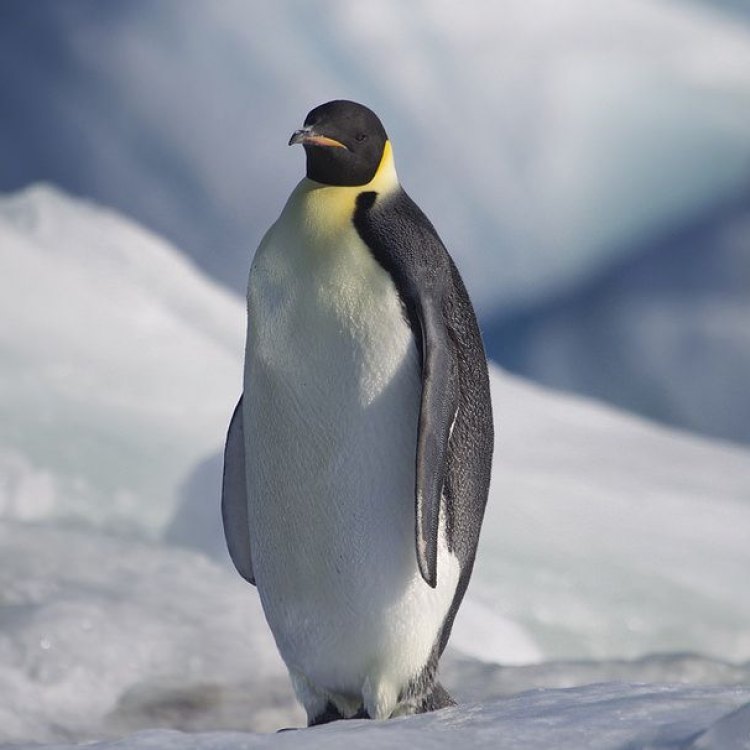
Aptenodytes forsteri
The Magnificent Emperor Penguin: Surviving and Thriving in the Antarctic
The majestic Emperor Penguin, with its distinctive black and white coloration and impressive size, is one of the most iconic and beloved creatures of the Antarctic. Standing at an average height of 3.7 feet and weighing up to 88 pounds, this flightless bird is the largest of all penguin species. However, its size is not the only impressive thing about the Emperor Penguin PeaceOfAnimals.Com. From its reproduction behavior and migration patterns to its threat of extinction and impact on the ecosystem, there is much to discover about this fascinating creature.The Emperor Penguin is a survivor. It lives in one of the harshest and most extreme environments on Earth - the frozen and windswept landscape of the Antarctic. With temperatures dropping below -40°C and winds reaching over 100 miles per hour, this is not a place for the faint-hearted. Yet, the Emperor Penguin thrives here, adapting to its environment and using various strategies to survive the long, harsh winters.
Despite the extreme weather conditions, Emperor Penguins have adapted to their surroundings in many ways. Their layers of feathers and thick layer of blubber act as insulation, keeping them warm in even the coldest of temperatures. To survive the harsh winds, they huddle together in large groups, creating a heat-trapping dome of feathers that can protect them from the elements. This cooperative behavior is essential for their survival, and it also helps them conserve energy during the long winter months European Goldfinch. These penguins are also equipped with flipper-like wings that they use to "fly" through the water, reaching speeds of up to 5 to 10 miles per hour as they hunt for food.
The Emperor Penguin's reproductive behavior is nothing short of remarkable. Each year, the colony gathers on the same spot on the ice to breed and rear their chicks. The males arrive first, establishing their territory and calling out to potential mates with their loud trumpeting calls.
Once the females arrive, they choose a mate based on their call and physical appearance, such as their size and the quality of their feathers. The pair then engages in an elaborate courtship display, with the male bowing, preening, and offering pebbles to the female as a sign of commitment. Once the bond is formed, the female lays a single egg, which the male carefully incubates on his feet for two months while the female returns to the sea to hunt for food.
This period of incubation is a true test of endurance for the male Emperor Penguins. Clustered together for warmth, they endure extreme winds, snowstorms, and long periods without food, relying solely on the fat stored in their bodies. Once the chick hatches, the female returns to feed it, and the male goes to hunt for food. The parents take turns feeding and caring for the chick until it is old enough to survive on its own.
Emperor Penguins are social creatures that live in colonies of thousands. These colonies play a crucial role in the Emperor Penguin's survival, providing warmth, protection, and companionship. However, they also have a significant impact on the ecosystem, making them a key species in the Antarctic food web.
Emperor Penguins primarily feed on fish, squid, and krill, making them important to the marine food chain. They also serve as prey for predators such as orcas, leopard seals, and sharks. Their colonies also contribute to nutrient recycling on the ice by excreting nitrogen-rich feces, which helps fertilize the surrounding areas, supporting the growth of algae, krill, and other organisms.
Unfortunately, these colonies are also at risk due to climate change, the loss of sea ice, and pollution. The Emperor Penguin's survival relies heavily on the availability of sea ice, which is decreasing at an alarming rate due to rising global temperatures. This loss of habitat makes it difficult for them to find food and breed, causing a decline in their numbers. Pollution, such as oil spills, also poses a significant threat to the Emperor Penguin and its habitat, affecting their ability to reproduce and survive.
Due to these threats, the Emperor Penguin is currently listed as "Near Threatened" on the International Union for Conservation of Nature's (IUCN) Red List. Along with other Antarctic species, they are facing challenges and potential extinction due to human activities and climate change. Therefore, conservation efforts are vital to protecting these magnificent creatures and their habitat.
Tourism and research are two human activities that significantly impact Emperor Penguins. While tourism provides a unique opportunity for people to observe and learn about these penguins in their natural habitat, unregulated and irresponsible tourism can disrupt their breeding and foraging habits. Many organizations and governments have established strict guidelines and regulations to ensure responsible and sustainable tourism in the Antarctic region, minimizing its impact on the Emperor Penguin and other wildlife.
Research, on the other hand, provides valuable information and insights into the life and habits of Emperor Penguins. Scientists have used satellite tracking to study their foraging patterns and have discovered new colonies through aerial surveys. This information is crucial for understanding the Emperor Penguin's survival and developing conservation strategies.
Despite the challenges they face, the Emperor Penguin continues to survive and thrive in the harsh environment of the Antarctic. This resilient and adaptable creature is a testament to the power of nature and the importance of conservation efforts. From their monogamous reproductive behavior, social groups, and unique huddling strategy to their significant role in the Antarctic ecosystem, the Emperor Penguin is truly a remarkable and fascinating species that deserves our admiration and protection.
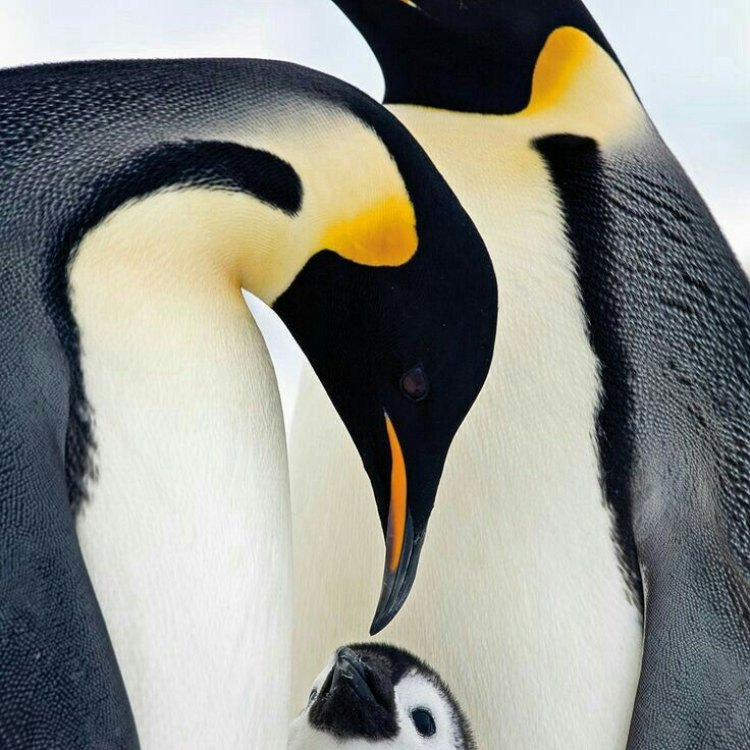
The Mighty Emperor Penguin: A True Antarctic Survivor
Disclaimer: The content provided is for informational purposes only. We cannot guarantee the accuracy of the information on this page 100%. All information provided here may change without prior notice.



